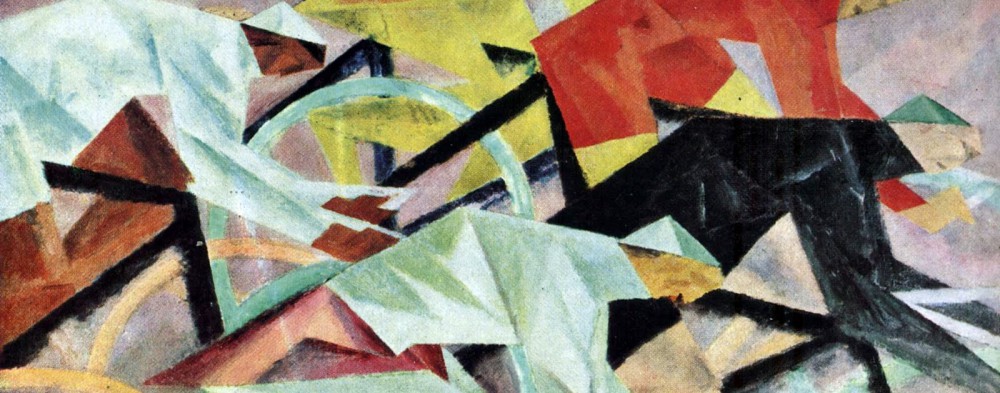My colleague and friend, also professor and author (Hurry Up and Relax), Nathan Leslie expressed concern this week that the Preakness Stakes would have to be run in hot weather. Nathan’s a Marylander, and the Preakness is a Baltimore race, which comes up two short weeks after the Kentucky Derby. The weather for yesterday’s running was predicted to be in the mid to upper 90s, hot for the horses as well as the jockeys and other humans involved in racing them. Horses, I’m guessing, would rather graze and laze in the shade if left to their own devices.
Nathan expressed his concern on social media, sharing a page from YouTube featuring Bill Monroe and the Blue Grass Boys performing what’s called “the race horse song,” a folk-ballad structured piece that recounts an actual race in 1878 between a California horse, Molly McCarty, and a Kentucky steed, Ten Broeck. I was impressed that Nathan knew of this piece, called “Molly and Tenbrooks,” though it was familiar to me. Back in the folky 1970s I had gotten into things rural and Virginian, like vegetable gardening, using a cider press (results out of this world), and bluegrass music, aided and abetted by the programming of a local FM station, WAMU, and a neighbor who played bluegrass bass and had worked with Grandpa Jones of Grand Ole Opry fame. I’d have thought Nathan, from the themes and style of his fiction, would not have known the tradition or the Race Horse Song. But he knew even more, namely that the narrative of the song, and the event behind it, actually hinge on racing in hot weather. I was delighted by the aptness of his linking it up with the searing Preakness forecast.
In the olden times of the nineteenth century, horses frequently ran much longer-distance races than today, measured in miles. The big 1878 showdown race was for best two of three heats in a four-mile race, held at what is now Churchill Downs on July 4. (It’s interesting just to know that in those days a horse would be transported across the country for a race with a $5,000 winner-take-all purse, even though that prize was the equivalent of $145,000 today.) It appears that heat did take its toll, and that the race may have been decided when Ten Broeck’s jockey changed tactics. But though Molly McCarty lost the race, and was exhausted and quivering at the end, she did not die, as the song tells it, but lived and raced for several more years and bore three foals.

Indeed, Nathan’s concern about heat was justified yesterday, when the temperature at Pimlico peaked in the mid-90s and was still 89 at post time (7:01 p.m.) yesterday. Not only did the weather shape the Post headline (“Early Voting scorches in Preakness”), but Dave Sheinin’s narrative waxed positively poetic. He wrote
A teeming crowd, invited back to Pimlico Race Course at full strength for the first time since before the pandemic, was treated to that singular, dreaded phenomenon: the sweltering, face-melting Baltimore summer day, albeit in mid-May.
And later he added
Years from now, more than the sight of the nine horses coming around the final turn or Early Voting’s strong finishing kick, those in attendance Saturday probably will remember the suffocating heat, which turned most living things on the premises, human or equine, into heaving, sweat-dripping puddles. Temperatures were already in the low 90s by midafternoon, topping out at 95 just after 3 p.m., and still sat at a balmy 88 at post time just after 7 p.m. Far beyond the backstretch, the skyline of Charm City shimmered in a thin, amber haze.

Positively eloquent. But I’m not sure it’s as good as the song “Molly and Tenbrooks,” which has the horses talking back and forth mid-race about the anguish of the heat:
Tenbrooks said to Molly, “what makes your head so red?”
“Runnin’ in the hot sun puts fever in my head.”
Molly said to Tenbrooks, “You’re lookin’ mighty squirrel.”
Tenbrooks said to Molly, “I’m a-leavin’ this old world.”
It’s to be remembered that Molly was leading the race early on, and the heat obviously was hard on them both. As the song reminds us rather laconically, Tenbrooks was suffering too at the end:
Go and catch old Tenbrooks and hitch him in the shade.
We’re gonna bury old Molly in a coffin ready-made.
What I see here is the difference between journalism and art. Dave Sheinin, the reporter, evokes eloquently what it was like at Pimlico yesterday. The Race Horse Song’s nameless artist entertains us with the fantasy of equine conversation (“Lookin’ mighty squirrel” uses that last word in a way that’s never exactly been seen elsewhere, adding a little mystery, a hint of special horse dialect maybe?) and melodramatic hyperbole, not just burying a dead racehorse in a coffin, but in one “ready made” by smug Kentucky partisans who knew Ten Broeck would win.
“The truest poetry,” a Shakespeare character once said, “is the most feigning.” And for evoking the spirit of a heated horse race, the most entertaining.
© Arnold Bradford, 2022

